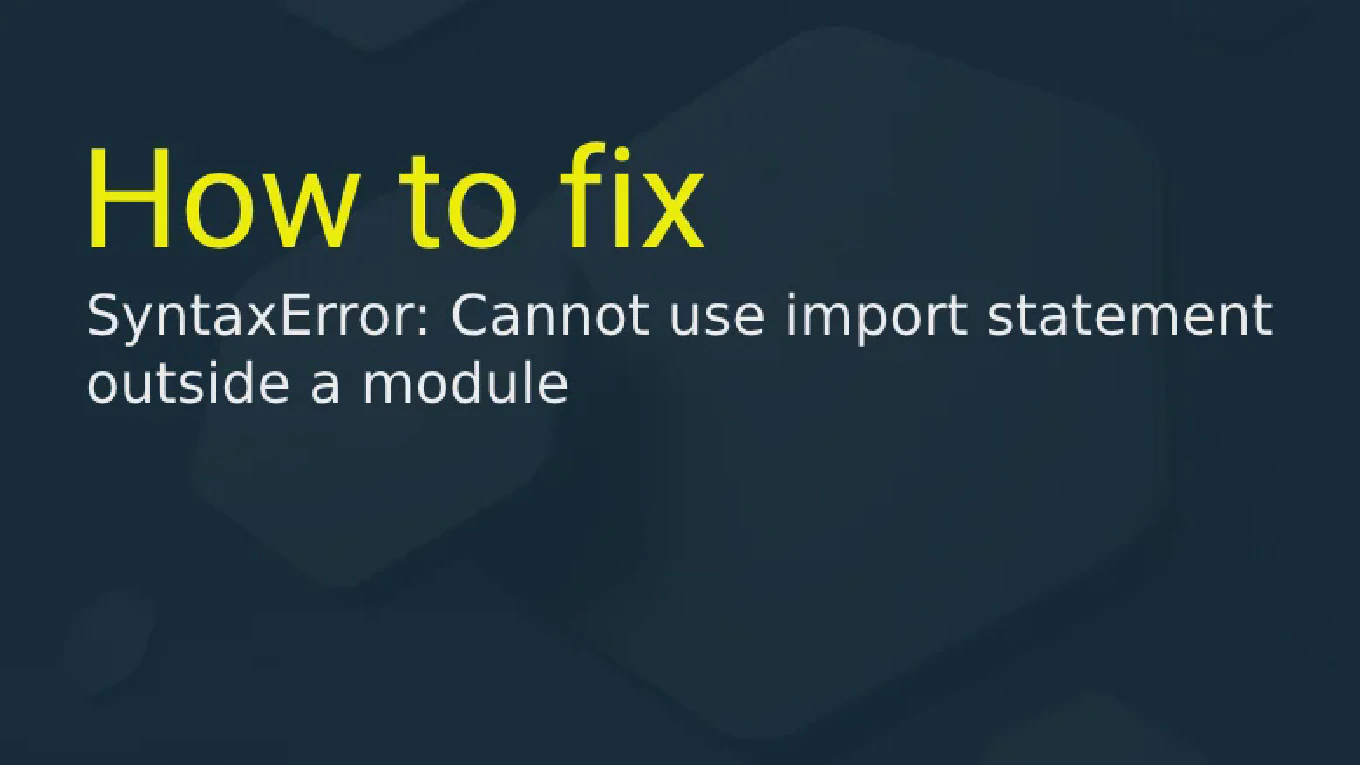How to use useState in React
Managing component state is essential for creating interactive React applications with dynamic data, form inputs, and user interface updates.
As the creator of CoreUI, a widely used open-source UI library, I’ve implemented useState in thousands of React components including form controls, modal dialogs, and dashboard widgets.
From my expertise, the most modern and efficient approach is to use the useState hook in functional components.
This method provides clean syntax, better performance, and easier testing compared to class-based state management.
Use useState hook to add state to functional components with array destructuring.
const [count, setCount] = useState(0)
The useState hook returns an array with two elements: the current state value and a setter function. Array destructuring allows you to name these variables meaningfully like [count, setCount]. The initial state value is passed as an argument to useState(0). To update state, call the setter function setCount(newValue), which triggers a re-render with the new value. React compares the new state with the previous state to determine if an update is needed.
Best Practice Note:
This is the same approach we use in CoreUI React components for managing form inputs and interactive elements.
For complex state objects, consider using multiple useState calls or useReducer for better state organization and predictable updates.







